Researchers at Cornell University in the US are developing biohybrid robots controlled by fungal mycelia, which can react to environmental changes like light and chemicals.
From Cornell University 09/09/24
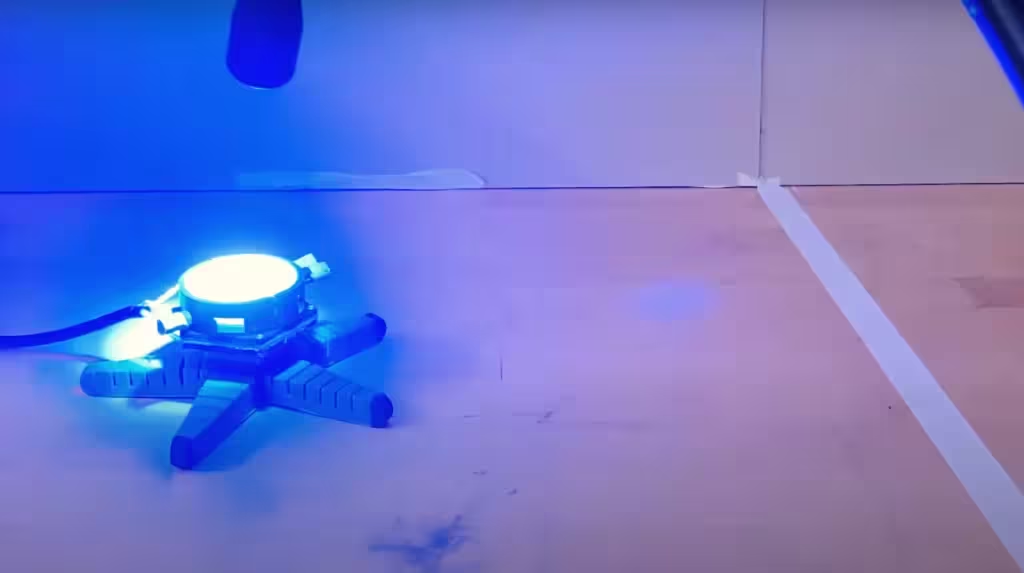
Building a robot takes time, technical skill, the right materials – and sometimes, a little fungus.
In creating a pair of new robots, Cornell University researchers cultivated an unlikely component, one found on the forest floor: fungal mycelia.
By harnessing mycelia’s innate electrical signals, the researchers discovered a new way of controlling “biohybrid” robots that can potentially react to their environment better than their purely synthetic counterparts.
The team’s paper published in Science Robotics.
The lead author is Anand Mishra, a research associate in the Organic Robotics Lab led by Rob Shepherd, professor of mechanical and aerospace engineering at Cornell University, and the paper’s senior author.
“This paper is the first of many that will use the fungal kingdom to provide environmental sensing and command signals to robots to improve their levels of autonomy,” Shepherd said.
“By growing mycelium into the electronics of a robot, we were able to allow the biohybrid machine to sense and respond to the environment.”
“In this case we used light as the input, but in the future it will be chemical.”
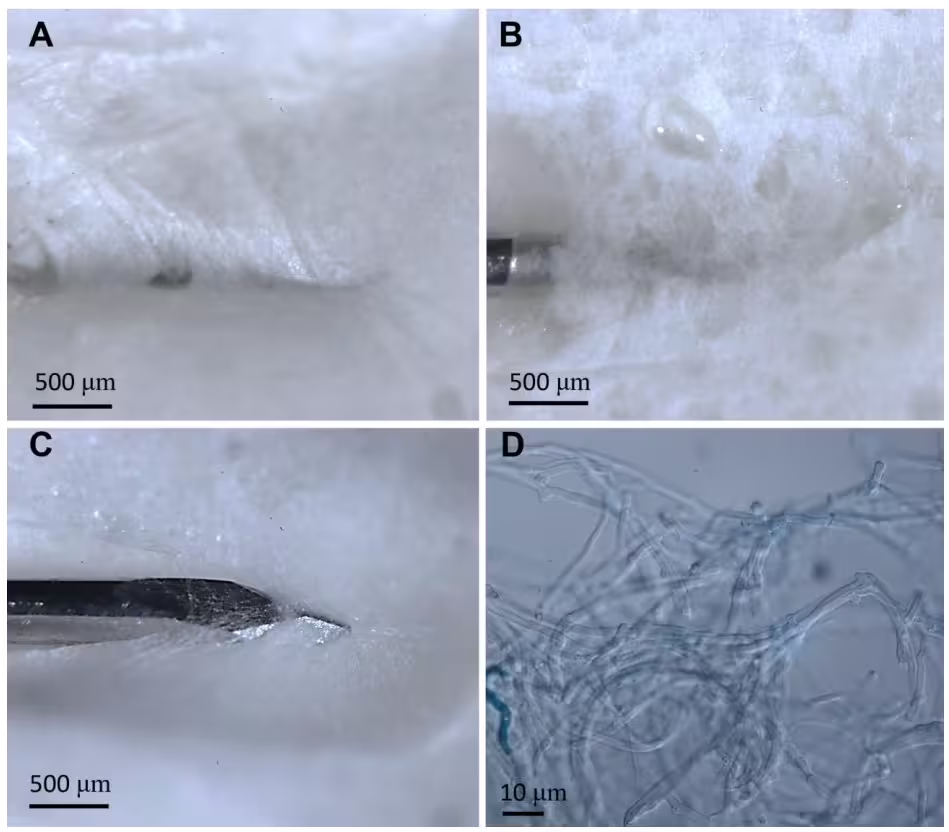
images displaying the mycelium-electrode interface at various locations. (D) Compound
microscope image (60X magnification) displaying the mycelial hyphae.
“The potential for future robots could be to sense soil chemistry in row crops and decide when to add more fertilizer, for example, perhaps mitigating downstream effects of agriculture like harmful algal blooms.”
Mycelia are the underground vegetative part of mushrooms.
They have the ability to sense chemical and biological signals and respond to multiple inputs.
“Living systems respond to touch, they respond to light, they respond to heat, they respond to even some unknowns, like signals,” Mishra said.
“If you wanted to build future robots, how can they work in an unexpected environment?”
“We can leverage these living systems, and any unknown input comes in, the robot will respond to that.”
Two biohybrid robots were built: a soft robot shaped like a spider and a wheeled bot.
The robots completed three experiments.
In the first, the robots walked and rolled, respectively, as a response to the natural continuous spikes in the mycelia’s signal.
Then the researchers stimulated the robots with ultraviolet light, which caused them to change their gaits, demonstrating mycelia’s ability to react to their environment.
In the third scenario, the researchers were able to override the mycelia’s native signal entirely.
The research was supported by the National Science Foundation (NSF) CROPPS Science and Technology Center; the U.S. Department of Agriculture’s National Institute of Food and Agriculture; and the NSF Signal in Soil program.
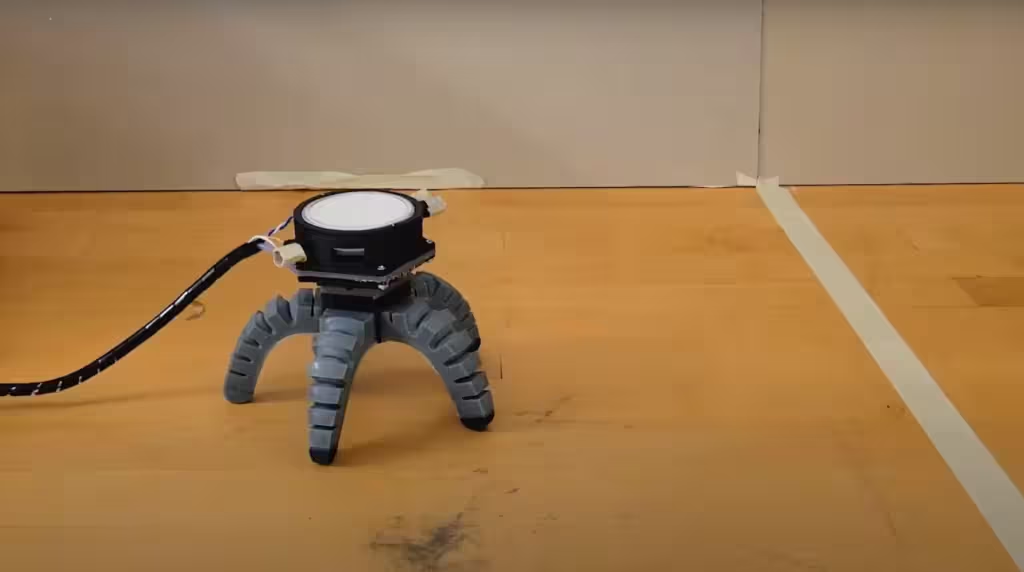
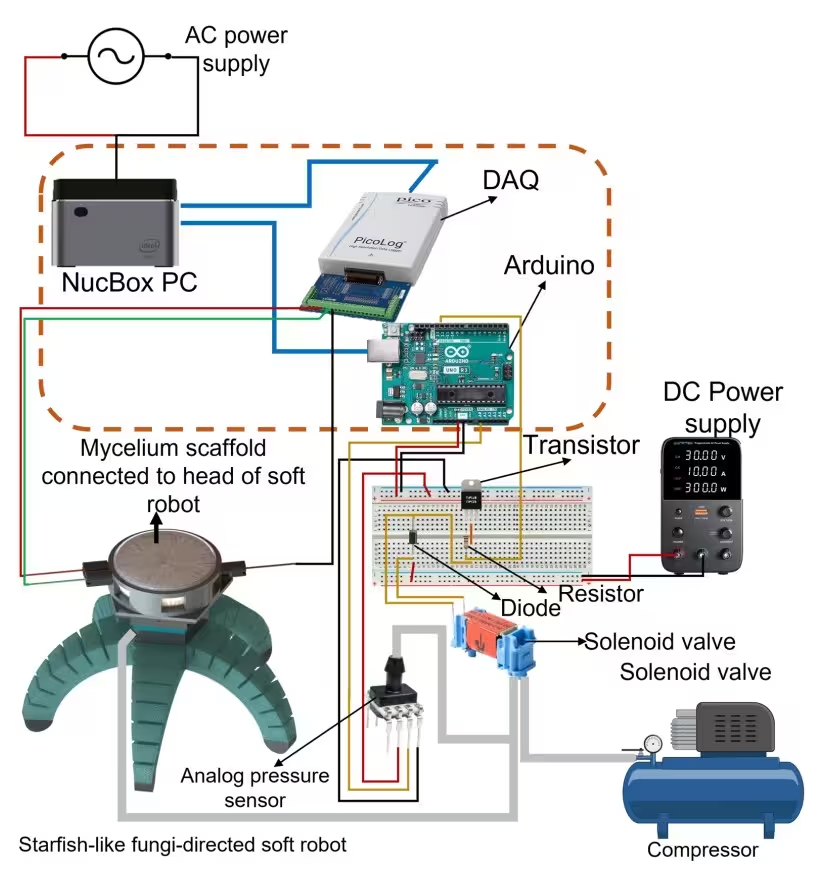
More info
You may also be curious about:
-

Skin bacteria help protect us from sunlight
-

New brain-reading video game reduces chronic nerve pain
-

Black tea and berries could contribute to healthier aging
-

Viral mouth-taping trend ‘sus’ says Canadian sleep expert
-
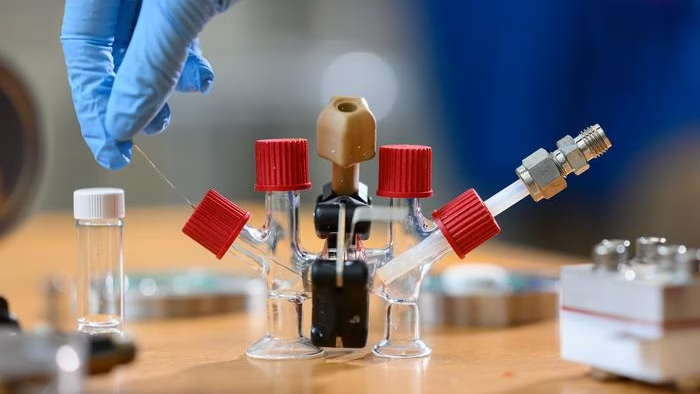
New sodium fuel cell could enable electric aviation
-

The most extreme solar storm hit Earth over 14,000 years ago, scientists identify
-
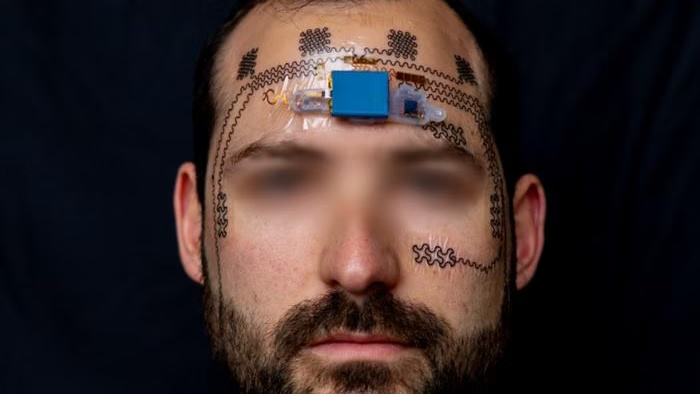
Electronic face tattoo gauges mental strain
-

Solitonic superfluorescence paves way for ambient temp quantum computing
-

Cosmic mystery deepens as astronomers find object flashing in both radio waves and X-rays
-
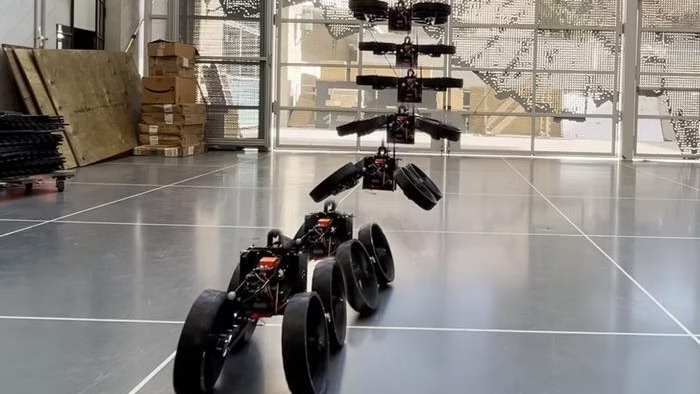
The rotors are also the wheels on this morphobot
-
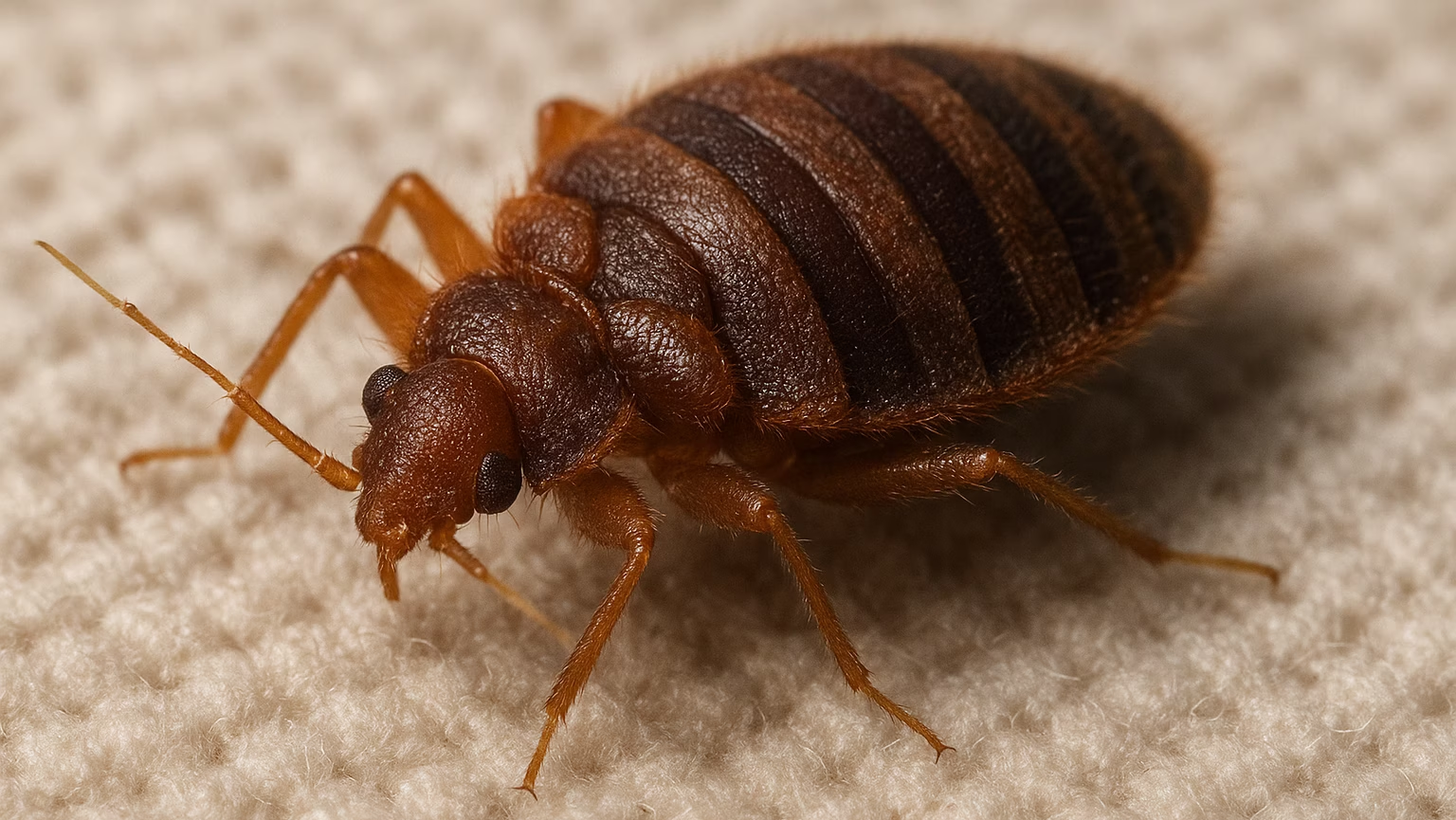
Bed bugs are most likely the first human pest, 60,000 years and counting
-

What lurks beneath? Only 0.001 percent of the deep seafloor has been imaged
